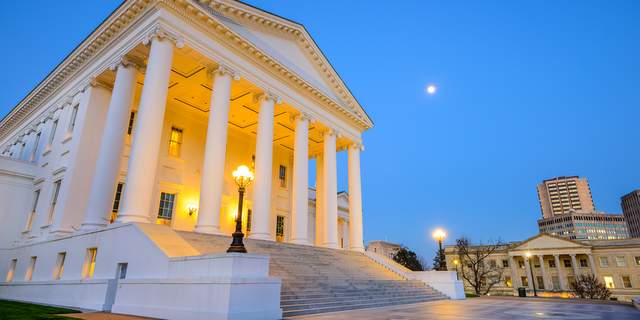
Virginia Governor Ralph Northam released the 2018 Virginia Energy Plan, which included a detailed strategy to increase access to solar and expand solar production in the state. Specifically, the plan calls for developing new solar purchase options for corporate customers and small businesses, expanding community solar, and adding 3,000 MW of solar and wind to the grid by 2022.
“With its 2018 Energy Plan, the Commonwealth of Virginia has taken another important step to expand solar energy and promote innovative technologies over the next 10 years,” says Sean Gallagher, vice president of state affairs for the Solar Energy Industries Association (SEIA).
The 2018 Virginia Energy Plan aims to significantly expand solar energy in Virginia, which is currently ranked 17th in the nation for its 635 MW of installed solar capacity. Today, the solar industry supports more than 3,500 jobs and nearly 200 companies across the state.
What’s in the plan?
The 2018 Energy Plan follows a stakeholder process conducted by the Northam Administration this summer. Virginia Advanced Energy Economy group provided in-depth recommendations through that process. A number of these recommendations were incorporated into the Governor’s Plan:
Reform of Virginia’s Integrated Resource Planning process to incorporate the benefits of distributed energy resources (DERs), such as rooftop solar, smart meters, energy efficiency, electric vehicles and energy storage (p. 6-7 of the 2018 Energy Plan)
The investor owned utilities (IOUs) should establish a consistent annual renewable energy procurement processes, with a minimum of 500 megawatts (MW) per year, to ensure new renewable generation is acquired competitively and cost-effectively (p. 12)
The General Assembly should lift the 1% cap on net-metered systems to 5% (p. 16); and raise the caps on third-party power purchase agreements (PPAs) and expand this pilot program so it is available in all service territories across the state (p. 17)
Increase the goal of reducing energy consumption in state buildings to 20% by 2022 (p. 28) and improve the tracking and management of energy consumption in those buildings (p. 31)
Explore legislative, administrative, and public-private opportunities to accelerate electrification (p. 41) and evaluate opportunities for local governments to aggregate purchasing (p. 41)
— Solar Builder magazine


Leave a Reply
You must be logged in to post a comment.